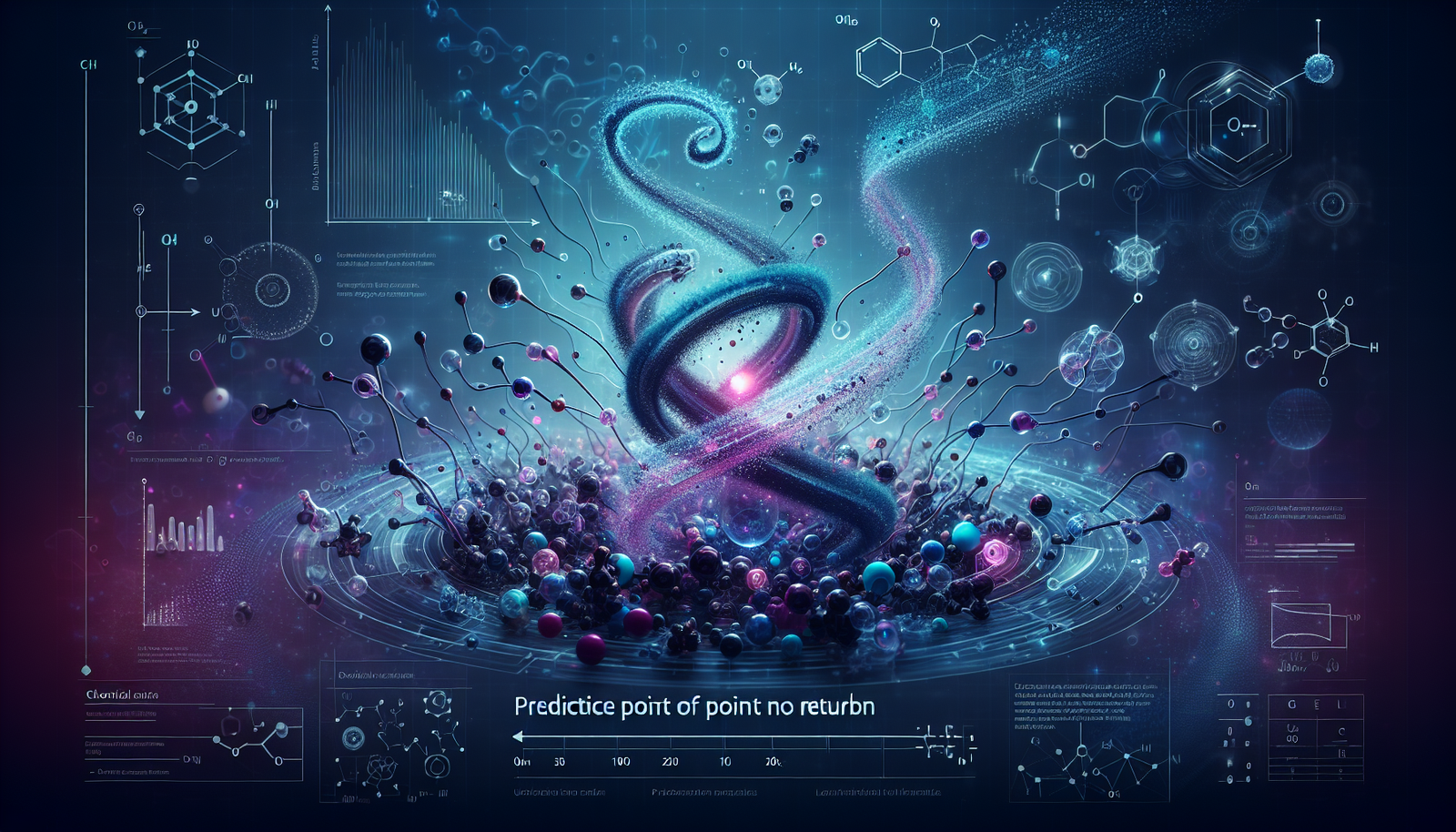An innovative paradigm is emerging in the field of chemistry. The new model for predicting the point of no return in a chemical reaction opens fascinating prospects for researchers. Establishing a synergy between machine learning and computational chemistry, it revolutionizes our understanding of energy transitions.
The ability to quickly estimate these critical states optimizes the design of reactions essential for the synthesis of complex compounds. *This model stands out for its speed and accuracy*, thus facilitating the creation of medicines and fuels.
A sustainable future in chemistry becomes conceivable thanks to this major advancement.
Introduction to React-OT
Researchers at MIT have developed a machine learning model called React-OT, capable of quickly predicting the point of no return in a chemical reaction. This model overcomes the limitations of traditional techniques by providing accurate predictions in under a second, thereby facilitating the work of chemists in designing chemical reactions and developing new useful compounds.
Transition and reactive states
Every chemical reaction must pass through a transition state, an essential step where the energy required for the reaction is reached. These states are transient and difficult to observe, making their study challenging. Currently, calculation methods based on quantum chemistry allow modeling these states, but require significant computational resources and prolonged calculation times.
Advances made by MIT
The new research model, React-OT, is inspired by a previous model, but it uses a more efficient approach. Instead of generating multiple random structures to find the best transition state, React-OT begins with an estimation based on linear interpolation. This method determines the position of atoms halfway between the reactants and products, thereby establishing a solid foundation for prediction.
Proven results and accuracy
Tests show that React-OT requires about five steps to produce a prediction, significantly reducing calculation time to approximately 0.4 seconds. The results from this model are also more accurate, achieving a 25% improvement compared to previous predictions. This performance gain makes it a suitable tool for integration into high-throughput screening workflows.
Practical applications and generalization
The research was conducted on a dataset comprising structures of reactants, products, and transition states for 9,000 chemical reactions. React-OT has proven effective on reactions not included in the training set, demonstrating its ability to adapt to various systems. This flexibility is essential for handling a wide range of chemical reactions, including those involving large molecules.
Future perspectives
Researchers are considering expanding React-OT’s capabilities to predict transition states of other chemical reactions by integrating elements such as sulfur, phosphorus, and lithium. Professor Markus Reiher noted that this advancement could significantly accelerate research in computational chemistry by optimizing research and development processes.
Accessible tool for scientists
An application has been designed to enable scientists to use React-OT by providing reactants and products to generate transition states. This tool allows for quick calculation of the energy barrier of a reaction, thus offering an estimate of its feasibility. This development could revolutionize the way chemists design new chemical reactions, paving the way for more sustainable and efficient processes.
Frequently asked questions
What is the point of no return in a chemical reaction?
The point of no return, or transition state, is the critical moment in a chemical reaction when reactants begin to transform into products, and it is impossible to go back.
How does the new model predict the point of no return in a chemical reaction?
The model uses machine learning techniques to estimate the structure of the transition state, relying on quantum chemistry calculations to identify the most probable atomic configurations.
What is the prediction speed of the model compared to traditional methods?
The model can make predictions in under a second, unlike traditional methods that can take several hours or even days.
What is the impact of this model on the design of chemical reactions?
This model facilitates the design of sustainable chemical reactions that enable the transformation of natural resources into useful molecules such as medicines or fuels.
Can this model be applied to complex reactions?
Yes, the model has been trained on a large database and is capable of accurately predicting transition states for reactions involving different molecule sizes, including macromolecules.
What is the accuracy of this new prediction model?
The model achieves about 25% additional accuracy compared to previous prediction methods, making it a more effective tool for chemists.
How can this model benefit research in computational chemistry?
By accelerating research and optimization processes, this model allows for reduced energy and resource consumption during intensive calculation campaigns, thus benefiting a wide variety of studies in computational chemistry.
Can the model predict transition states for specific elements like sulfur or phosphorus?
Researchers are currently working to train the model to include reactions involving other elements such as sulfur, phosphorus, chlorine, silicon, and lithium.






